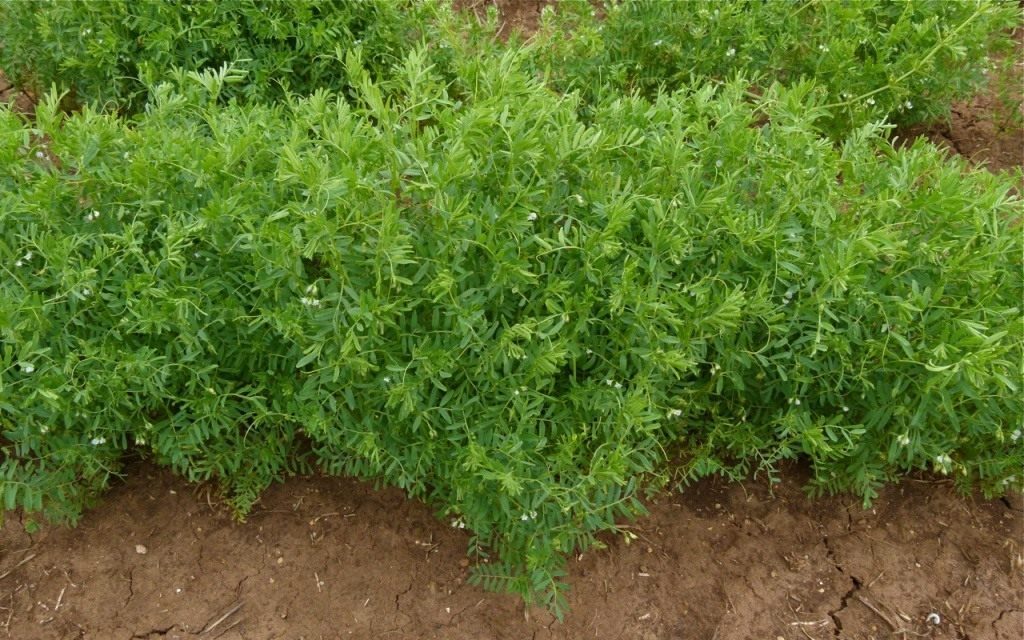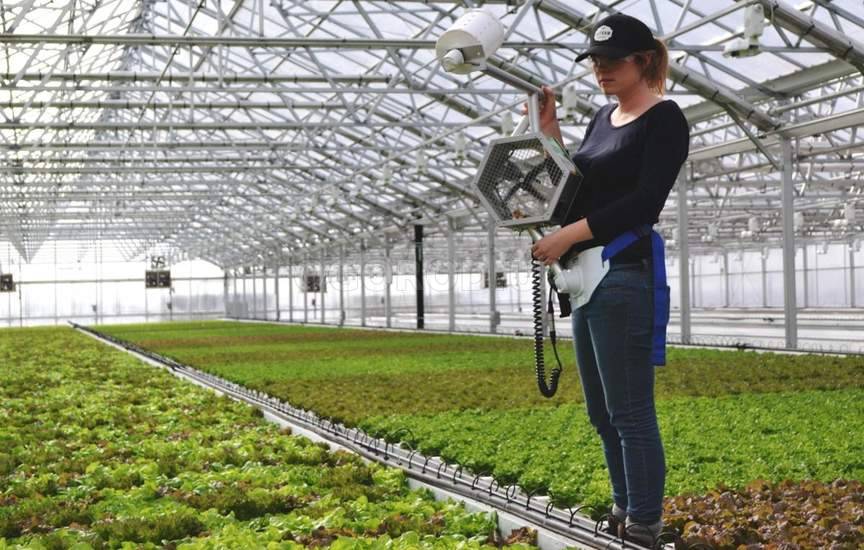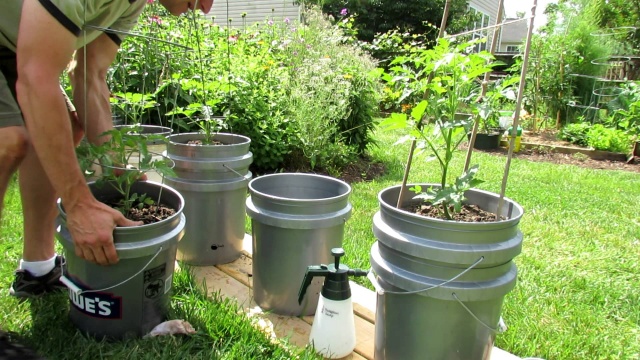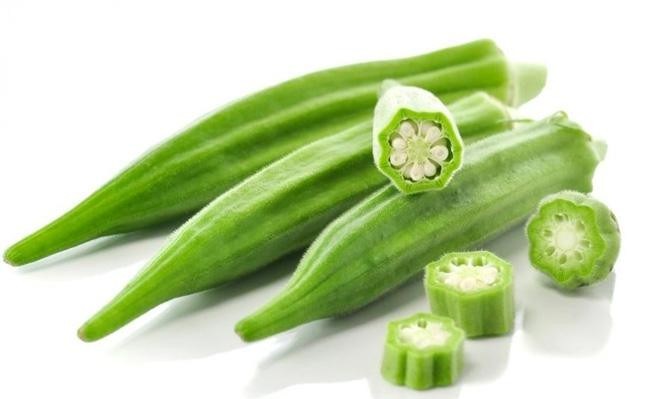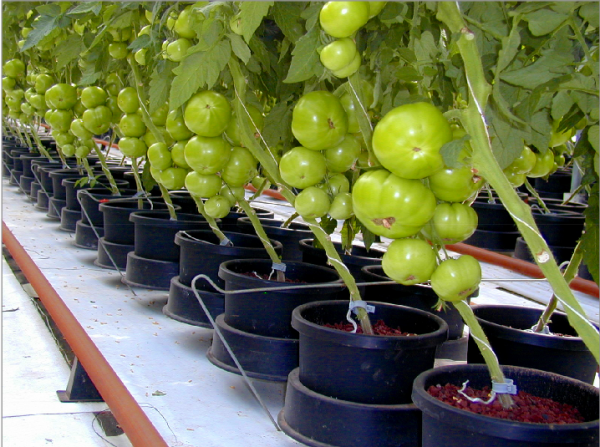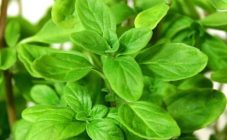Content:
One of the tasty and healthy plants in the legume family is lentils. Unfortunately, it is still not so often found in the gardens of Russian summer residents. And in vain, because the fruits of lentils are extremely useful for the human body, contain many vitamins and minerals, as well as other active substances. It is possible to grow this bean annual not only in the open field, but also at home. Lentil cultivation technology, planting and care, pest control - all this and much more will be discussed in this article.
How to grow lentils
This bean annual is unpretentious, but you should try a little to get a large yield of lentils.
You should start by choosing a site for sowing seed. This vegetable crop will not grow well in the shade, and the yield will be low. Conversely, in a sunny place where the aboveground part of this annual will be regularly illuminated by the rays of the sun, lentils grow and develop beautifully. It is best to choose neutral, loose and light soils - it is optimal if this vegetable plant is grown on sandy loam or loamy soils.
During the spring digging, fertilizers should be applied, which include phosphorus and potassium. The rate of this top dressing is up to 50 g per 1 m².
All about planting lentils outdoors
How to grow lentils in the country? It is very simple if all the preparatory work has already been carried out - a place has been chosen, the soil has been fertilized, the beds have been prepared.
After the ground warms up to a depth of 15 cm, seed can be planted. How to plant lentils, and are there any differences from planting other legumes? There are no particular differences, but it doesn't hurt to repeat the information.
After the seeds are removed from the nutrient solution, they should be dried. In the beds, furrows are made up to 4.5 cm deep, into which prepared seeds are sown. From above they are covered with earth, tamped and watered.
The first shoots appear in about two weeks. If necessary, the seedlings are thinned out so that in the future the grown plants do not interfere with each other. In the first month and a half, this annual plant grows too slowly, so some novice summer residents think that they have done something wrong. Do not be afraid - after the buds appear on the stems, the lentils will intensively grow.
How to plant lentils in the garden is understandable, it's not difficult. Further agrotechnical measures for growing lentils at the dacha will be described below.
Seeding rate of lentils - up to 200-220 grains per 1 m². Row spacing should not be more than 16-17 cm.
When cultivating a crop, remember that planting and further caring for lentils in the open field will not cause much trouble.
Care and pest control
After the shoots have appeared, further care of young plants consists in regular watering and constant weed removal.If you do not fight weeds, they gradually drown out this vegetable crop, preventing it from growing, and also select useful substances from the soil.
A month and a half after the first shoots appear, lentils begin to bloom. During this period, the plant becomes strong and powerful, therefore it needs less moisture, and also tolerates the heat period calmly.
Cultivation after flowering is, first of all, compliance with the watering regime. During this period, it should be watered no more than once every 3 days. If the soil moisture is high, then this legume plant will slow down the ripening of the beans.
In addition to basic agricultural activities, this legume should be protected from diseases and pests. The main diseases that can affect lentils:
- powdery mildew;
- ascochitis;
- rust;
- fusarium;
- root rot.
In the fight against these diseases, fungicides and antibacterial drugs are most effective. Plants are processed once, but if necessary, this procedure should be repeated.
Features of lentil agrotechnology (including in Altai and Siberia)
When cultivating lentils in any region, you should remember: fertilizers containing nitrogen are not applied under these plants. After all, this plant is itself capable of supplying the soil with this mineral substance. The main elements that lentils need are potassium, calcium and phosphorus. The latter strengthens the root system, activates the development of buds, and promotes the early ripening of beans. And a sufficient amount of potassium in the soil is a guarantee of a future large harvest.
When planting lentils in Altai or Siberia, the cultivation technique is not much different from similar activities in other regions of our country. But, given the short summer season, it is better to choose early maturing crop varieties for planting in these areas.
It is possible to grow lentils in cold regions. To protect this culture from possible cold snaps, vegetable growers use greenhouses. The technology of cultivation of lentils in the Altai Territory implies compliance with the irrigation regime, the introduction of dressings containing phosphorus and potassium.
Features of growing at home
Since the bushes of this leguminous crop are low, and the flowers are self-pollinated, it can also be grown at home. The plant does not require special maintenance conditions, and cultivation at home is practically no different from planting and caring for the garden. Containers with growing plants should be placed on the south or southwest side so that the sprouts receive enough sunlight.
Watering should be regular, but not excessive. After buds appear on the bushes, the number of watering should be reduced. Plants should be fed more often than in the beds, since the volume of containers is not too large, and this crop quickly absorbs nutrients.
How to peel lentils at home
In an industrial environment, the peeling of lentil beans is carried out using special machines. Lentils are placed in a special sieve, and with the help of vibration, the grains are separated from the husks.
At home, when the yield is not so large, you can simply grind the lentils between your palms. All beans can be cleaned by mechanical friction. Alternatively, you can use a regular fine sieve for cleaning. In this case, the beans are laid out on a sieve and rubbed, passing over it with palms.
So, in order to grow strong and healthy lentils, cultivation requires vigilant control. This article was about how to plant lentils in the garden.There is no doubt that this legume will become as popular among vegetable growers as peas or beans. Moreover, there are many delicious and nutritious dishes that can be prepared from the harvested crop.


